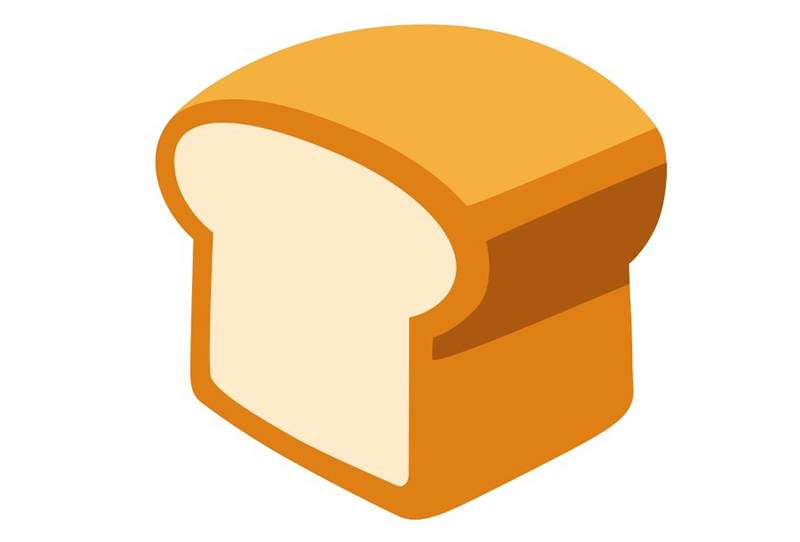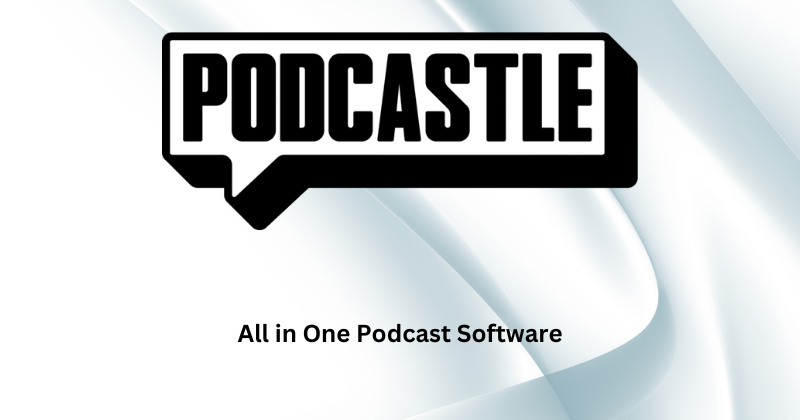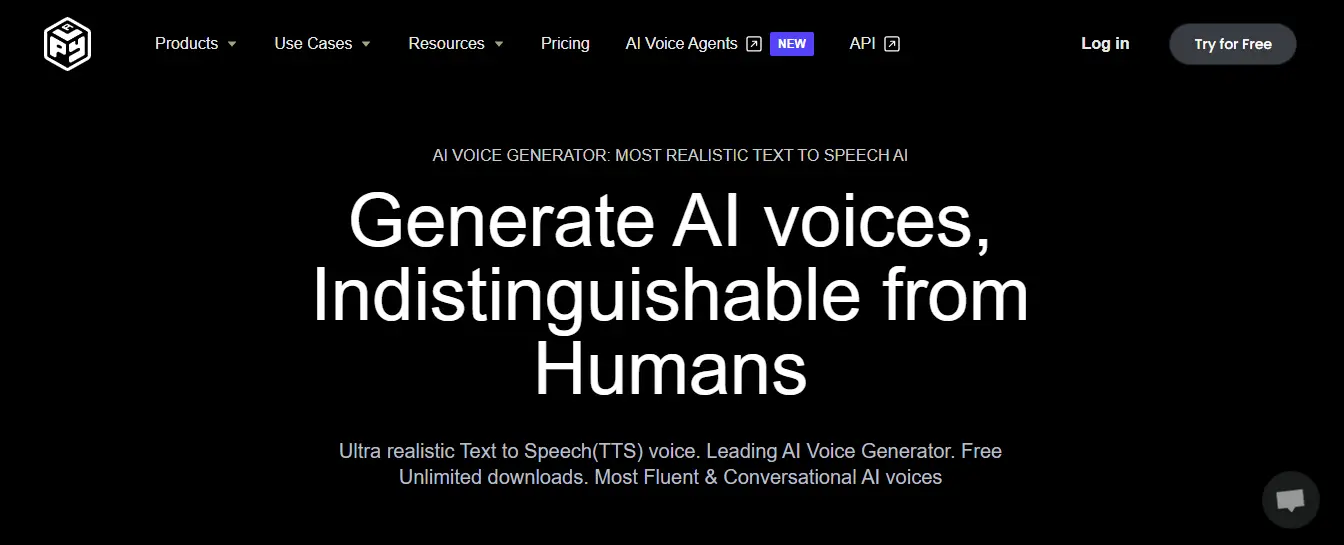Bread is one of the oldest and most fundamental foods in human history. It has been a staple in many cultures for centuries, and it continues to play an important role in our lives today. With the rise of digital communication and social media, emojis have become a popular way to express ourselves online. The bread emoji, 🍞, is one such symbol that has caught the attention of many users. In this article with Impeccable Nest, we will explore the meaning of the bread emoji, including its slang usage and potential sexual connotations.

Understanding the Bread Emoji Meaning
The bread emoji, 🍞, is a simple image of a loaf of bread. It is often used to represent bread in general or to convey the idea of food. As a universal symbol of sustenance, the bread emoji can also be interpreted as a metaphor for nourishment, comfort, and stability. It can be used in various contexts to communicate different messages, depending on the context in which it is used.
How to Use the Bread Emoji
The bread emoji can be used in a variety of ways to convey different meanings. Some common uses include:
- To indicate a love for or craving for bread
- To represent a sandwich or toast
- To signify a meal or snack
- To express a feeling of satisfaction or contentment
Examples of Bread Emoji Usage
- “I just baked a fresh batch of bread 🍞. It smells amazing!”
- “Can’t wait to try that new brunch spot! They have the best avocado toast 🍞🥑”
- “Feeling hungry? Grab a slice of pizza! 🍕🍞”
Comparing the Bread Emoji to Other Food Emojis
While the bread emoji may be commonly used when talking about food, it shares some similarities with other food-related emojis. For instance, the baguette emoji, 🥖, is similar in appearance to the bread emoji but is more commonly used to represent French culture or cuisine. Similarly, the croissant emoji, 🥐, may be used to signify breakfast or brunch.
Advising on Proper Usage of the Bread Emoji
When using the bread emoji, it is important to consider the context in which it is being used. While it may seem harmless, certain online communities have co-opted the bread emoji for their own purposes. As such, it is important to be aware of any slang or sexual connotations associated with the symbol before using it in a message or post.
Bread Emoji Slang Meaning
While the bread emoji normally shows up in benign food-related chats, it can also carry some sexual undertones in slang contexts. Here are some of the slangy ways the bread emoji gets used:
Referring to Money 💵
Like many other emojis, the bread emoji has taken on new meanings and interpretations through online usage. In some contexts, the bread emoji can be used as a slang term for money. This usage likely comes from the phrase “bringing home the bread,” which means earning a living or making money.
Examples of Bread Emoji Slang Usage
- “Just got my paycheck 💰🍞”
- “I need to start hustling if I want to bring in the bread 🍞💸”
- “Can’t believe how much they’re paying for that gig! 🤑🍞”
Sexual Arousal or Attraction 😍
When flirting or sexting, the bread emoji can signal sexual interest and arousal. Some slang phrases like “looking for that bread” mean looking for sex or a hookup. The bread is used synonymously with pleasure and gratification.
For instance, someone may text “I’ve got bread emoji for you” to indicate they are sexually excited by the recipient. Or after a casual fling, a person could write “That was some good bread emoji last night” implying they enjoyed the sexual activity.
Referring to the Buttocks 🍑
Due to the resemblance of a round loaf of bread to the curves of the butt, the bread emoji can be used to coyly refer to someone’s backside. For example:
“Check out the bread emoji on her, looking good!”
“Just got back from the gym, toned up my bread emoji 🍑💪”
So when talking about the booty, people may substitute the peach emoji 🍑 with the bread emoji to be more subtle.
The Bread Emoji in Sexual Memes
The bread emoji often appears in memes and viral content referencing sexuality. Here are some popular memes using the emoji:
- “Breadwinner” memes use the bread emoji to joke about a partner who financially provides in a relationship.
- “Looking for the bread” memes depict the bread emoji to satirize people in search of sexual encounters.
- Reaction memes show the bread emoji to portray someone responding lustfully or with sexual interest to an attractive person.
- “Thirsty for the bread” memes utilize the bread emoji in jokes about people thirsty for sex and hookups.
So when you see the bread emoji in an internet meme, it likely carries a sexual undertone or relates to sexual slang terms using bread.
Examples of Bread Emoji Sexual Usage
- “Can’t wait for breakfast in bed 🍞😏”
- “Let’s get some bread and make a sandwich 🥪🍞👀”
- “Just spent the night baking bread 😉🍞”
Comparing the Bread Emoji Sexual Connotations to Other Sexual Emojis
The bread emoji sexual connotations are similar to other emojis used to represent sexual activity or body parts, such as the eggplant emoji, 🍆, or the peach emoji, 🍑. However, the bread emoji may be less commonly associated with sexual content than these other emojis.
Is the Bread Emoji Offensive?
For the most part, the bread emoji itself is not considered offensive. However, some slang uses of the emoji in sexual contexts can come across as vulgar or explicit depending on the situation.
People should be cautious about using the bread emoji in potentially suggestive ways without considering whether it’s appropriate for the relationship or audience. The meaning can vary based on the intent, so be thoughtful about inserting sexual innuendo unless you’re sure it will be well-received.
In most casual settings though, a stand-alone bread emoji will be seen as benign. Only in certain flirty, sexualized conversations or memes does it take on more provocative meanings.
Key Takeaways About the Bread Emoji
- 🍞 Most commonly refers literally to bread, baked goods, sandwiches, etc.
- Can be sexual slang for excitement, attraction, money, or buttocks depending on context.
- Often appears in viral memes and jokes with sexual undertones.
- Not inherently offensive, but can come across as vulgar if used suggestively.
- Meaning varies greatly based on the relationship, intentions, and reception.
So in summary, think about the context before inserting a bread emoji to avoid accidentally conveying an unintended sexual innuendo. But in normal food-related chats, feel free to liberally apply this cute little loaf!
Conclusion: The Many Meanings of the Bread Emoji 🍞
In conclusion, the bread emoji is a simple yet versatile symbol that can represent food, nourishment, and sustenance. However, its meaning can vary depending on the context in which it is used. From slang meanings related to money to sexual connotations, the bread emoji has taken on new interpretations through online communication. As with any symbol or language, it is important to be mindful of the audience and situation before using the bread emoji.Overall, the bread emoji can be a fun and useful tool for expressing oneself online. It can be used to convey hunger, satisfaction, comfort, or even humor, depending on the message being conveyed. As with any language or communication tool, it is important to use the bread emoji responsibly and be aware of its potential meanings in different contexts.
Whether you are a fan of bread or simply looking to express yourself in a creative way, the bread emoji offers a wide range of possibilities. From sharing your love for freshly baked bread to using it as a subtle sexual innuendo, the bread emoji has something for everyone. So next time you are sending a message or posting on social media, consider incorporating the bread emoji into your communication and see where it takes you.

I am Lois Mullins, an enthusiast in emoji deciphering. Over the recent years, I have continuously updated and delved deep into the knowledge of emoji decryption.
I take pride in my extensive knowledge of decoding emojis, particularly in the Emoji Meanings of Impeccable Nest . I believe that a profound understanding of decoding these symbols can be beneficial for individuals in comprehending the nuances of language when someone sends them an emoji.
By grasping the nuances and potential misinterpretations of these emotional symbols, I am confident that people can use them more effectively to express their emotions and build stronger connections with others. I am committed to sharing my knowledge with the community so that everyone can harness the power of emojis in their everyday communication.
If you are seeking an experienced individual ready to share their passion for emoji deciphering, I hope for the opportunity to collaborate and learn from others. Together, we can create innovative and unique communication experiences!






